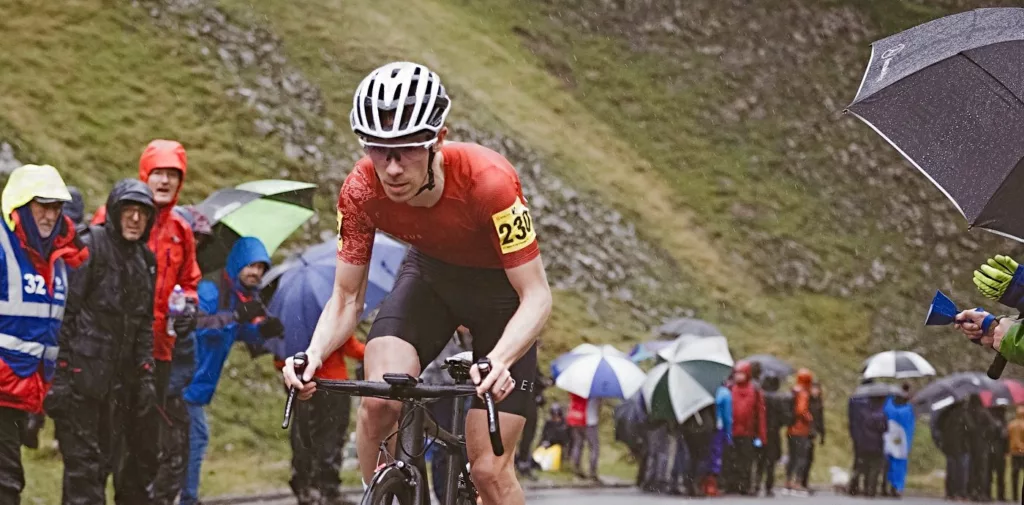The National Hill Climb Championship is an annual British cycling event that has been captivating the hearts of both participants and spectators alike since its inception in 1944. This race is a test of sheer grit, determination, and physical endurance, as cyclists compete against one another and the clock to conquer the steepest and most challenging hills in the country. In this article, we will delve into the history of this prestigious event, highlight some of the most famous climbs, and celebrate the achievements of five notable winners.
A Brief History of the National Hill Climb Championship
The first National Hill Climb Championship took place in 1944 and was organised by the Road Time Trials Council (RTTC), now known as Cycling Time Trials (CTT). The event has been held every year since, attracting a diverse range of participants, from amateur cyclists to professional racers. The championship’s primary objective is simple – to determine the fastest cyclist up a steep hill. However, the climbs themselves vary from year to year, with each edition featuring a new and gruelling ascent to challenge the competitors.
Iconic Climbs
The National Hill Climb Championship has seen a plethora of challenging and breathtaking climbs throughout its history. Some of the most iconic climbs include:
- Winnats Pass: This climb in the Peak District, used in all of 1947, 1949, 1953, 1957, 1959, 1972, 1977 and 2021 is known for its dramatic limestone ravines and gradients reaching up to 20%.
- The Rake: Situated in Ramsbottom, Greater Manchester, this climb has been used in 1999, 2005 and 2012, with gradients hitting a punishing 25%.
- Pea Royd Lane: This steep ascent in Stocksbridge, South Yorkshire, hosted the championship in 2009, 2014, and 2018, and is notorious for its sharp hairpin bends and relentless gradient of up to 20%.
- Haytor: Located in Dartmoor National Park, this climb was used in 1979 and 2019 and is a challenging ascent of 3.2 miles with gradients of up to 10%.
- Bank Road: Found in Matlock, Derbyshire, this climb was used in 2008 and 2016 and features a tough gradient of 18% in certain sections.
Notable Winners
- Vic Clark: One of the early champions of the event, Clark won the National Hill Climb Championship three times in a row between 1946 and 1948, setting the stage for the competition’s future success.
- Granville Sydney: A dominant force during the 1960s, Sydney won the championship six times, taking home the title in 1963, 1965, 1969, 1970, 1972 and 1973.
- Jeff Williams: Williams secured three victories in 1979, 1981, and 1982, showcasing his incredible skill and determination.
- Lynn Hamel: As one of the most successful female cyclists in the event’s history, Hamel clinched the women’s title four times between 2008 and 2012.
- Dan Evans and Andrew Feather: The modern battle has been between these riders, Evans has won the championship twice (2014 and 2017) and Feather three times (2018, 2020 and 2022), demonstrating their prowess as some of the best hill climbers of this generation.
The likes of Chris Boardman, Dan Fleeman and Malcolm Elliott have combined winning the National Hill Climb Championship with pro careers at the highest levels of road racing.
The National Hill Climb Championship has a rich history filled with challenging climbs and exceptional athletes. It continues to attract cyclists eager to test their limits and conquer some of the steepest hills in the United Kingdom. The event not only showcases the incredible athleticism of the competitors but also highlights the beauty and ruggedness of the British countryside. As the championship looks forward to its next edition, it will undoubtedly continue






